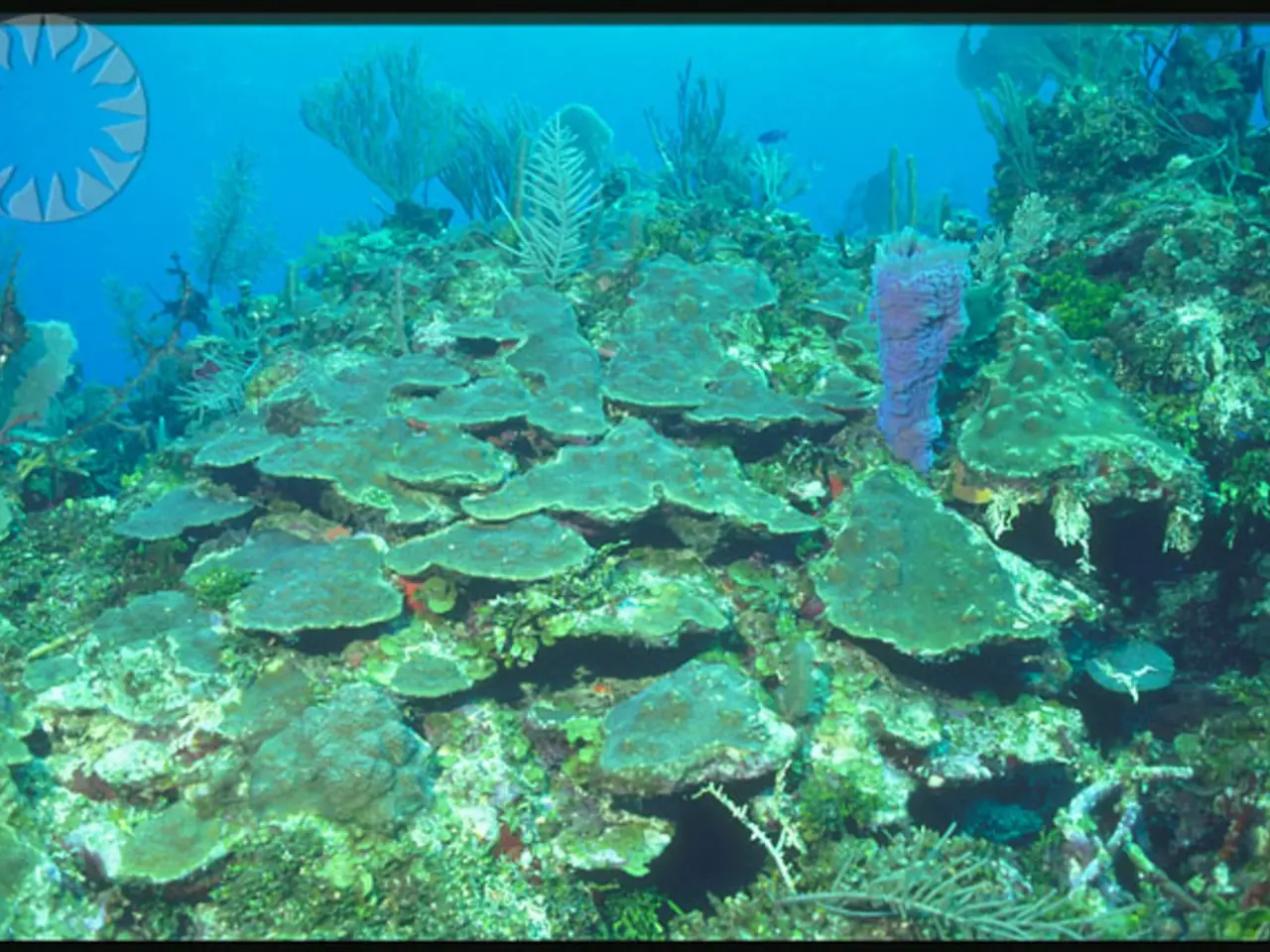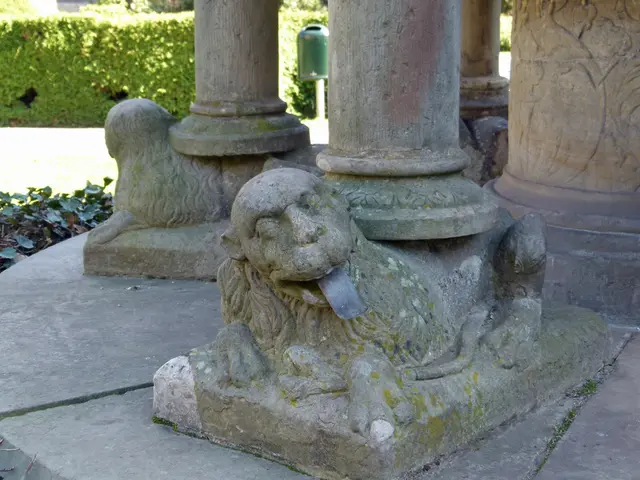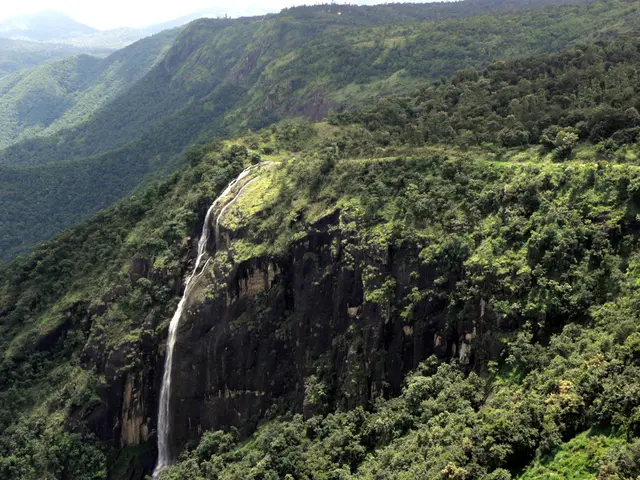Crafting Your Own Semi-Aquatic Habitat: A Step-by-Step Guide to a Flourishing Paludarium
In the realm of unique and captivating home ecosystems, paludariums stand out as a remarkable fusion of terrestrial and aquatic elements within a single tank. The origins of this intriguing concept can be traced back to the Latin word 'palus', meaning swamp, a fitting nod to the wetland habitats that paludariums aim to emulate.
Building a paludarium is a multi-step process, starting from the foundation and progressing through three key layers: water, land, and plant canopy. The foundation is laid, a structure is created, soil is added, the system is tested, and it is then planted, decorated, and made bioactive. Depending on the hobbyist's preference, a typical tropical terrarium substrate blend can be used for the "land" section, kept separate from the water, or aquatic soil can be utilized throughout the entire build.
Maintaining a paludarium comes with several challenges and nuances that hobbyists should be aware of. Access for maintenance can be tricky, especially in paludariums with only front access, as reaching deep or rear areas for planting, trimming, or cleaning can be challenging without side or back openings. This can complicate routine care and adjustments inside the setup.
Balancing the aquatic and terrestrial elements is another key consideration. Paludariums combine land and water zones, requiring careful balance to maintain both without promoting algae growth or plant die-off. Achieving this balance often involves problem-solving and creative solutions tailored to the species and setup.
Algae control is also an ongoing concern, requiring monitoring and management to preserve the "indoor pond" aesthetic. Although some well-maintained paludariums experience very little algae due to optimal plant health and environmental balance, algae can still be a concern.
Setting up and maintaining a paludarium is rewarding but demands ongoing attention and effort. Prospective keepers should be prepared for the maintenance workload that comes with managing both aquatic and terrestrial systems in the same enclosure.
In terms of plant selection, semi-aquatic plants like Anubias, Bucephalandra, and Cryptocorynespecies can be used throughout the water column, near the waterline, and attached to rocks and wood in the open air. Terrestrial plants that thrive in high moisture, such as ferns and tropical vines, are suitable for a semi-aquatic environment.
When it comes to choosing a paludarium tank, it is important to plan out goals for the build, such as choosing a landscape, animals, and features, before starting. A proper glass tank is recommended for a paludarium build to ensure it is watertight and capable of accommodating a build of this scale and complexity.
Hardscape items like dynamic rocks and twisting hardwood branches can be used to create a sense of scale and theater, and they can also stabilize the substrate and provide planting opportunities for epiphytes. Epiphytic plants like Tillandsia air plants and those from the Bromeliad genus can bring the upper portions of the paludarium to life.
Isopods and springtails are bioactive additions that can keep the tank clean without getting your hands dirty. They feed on mold or decaying organic matter, take care of any animal waste, and nourish the substrate. Foam filter pads can be added to the water for filtering and they are easy to use.
Paludariums allow for a complete semi-aquatic biome at home, with access to a vast array of plant species and the potential to harmoniously pair animals of various kinds together. From vast mountainous creeks to gentle low-land pools, or dark and brooding mangrove forests, the possibilities are endless. If creating a completely separate land area away from the water, a partial drainage layer (raised bed of waterproof materials) is typically needed.
In conclusion, maintaining a paludarium requires regular maintenance sessions, accessibility considerations, and careful ecological balancing to ensure both plant and aquatic life thrive in harmony. With careful planning and dedication, hobbyists can create and nurture their very own miniature wetland paradise.
- In the process of constructing a paludarium, the foundation is laid, a structure is created, soil is added, and it is planted, decorated, and made bioactive.
- Maintaining a paludarium can be challenging, especially when dealing with access for maintenance and balancing the aquatic and terrestrial elements.
- Paludariums offer the opportunity to harmoniously pair various animals together and provide a vast array of plant species, from mountainous creeks to mangrove forests.
- Creating a paludarium demands ongoing attention and effort, but with careful planning, dedication, and the use of bioactive additions like isopods and springtails, hobbyists can create and nurture their own miniature wetland paradise.




